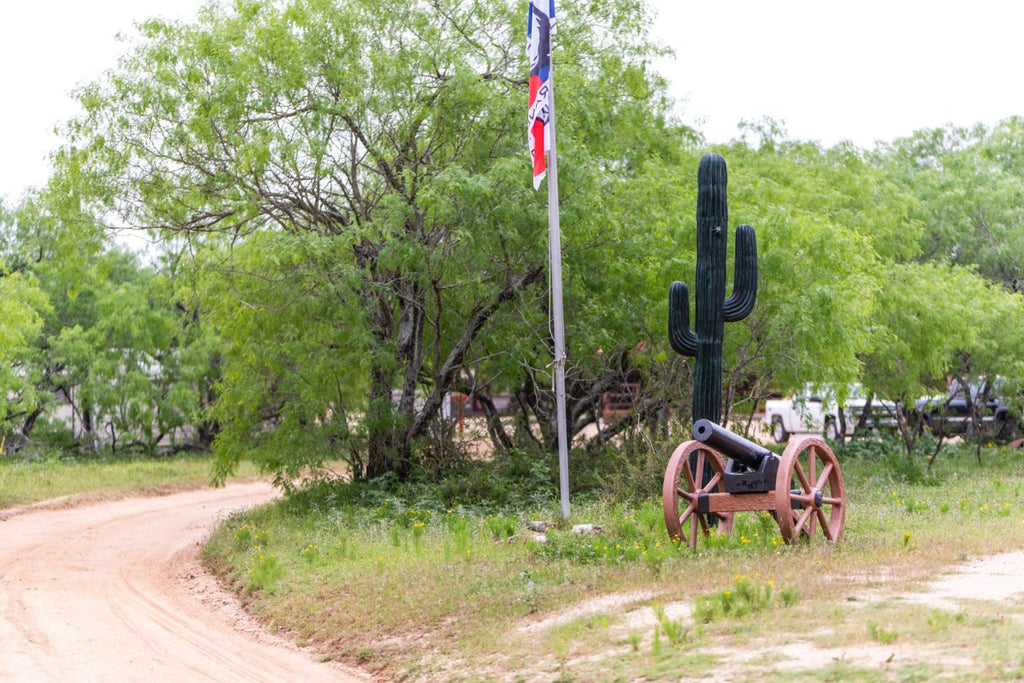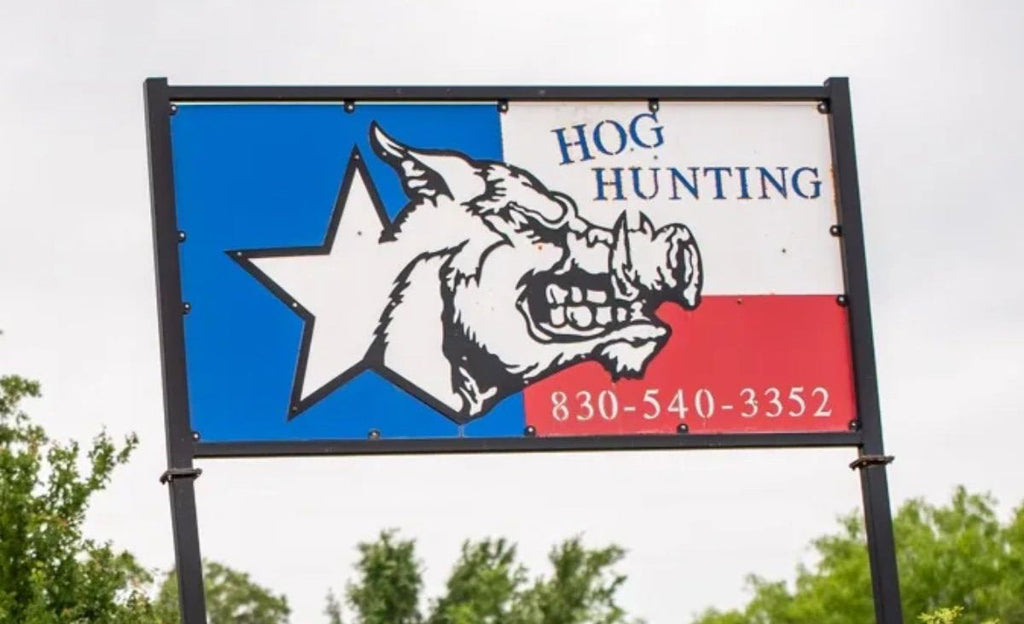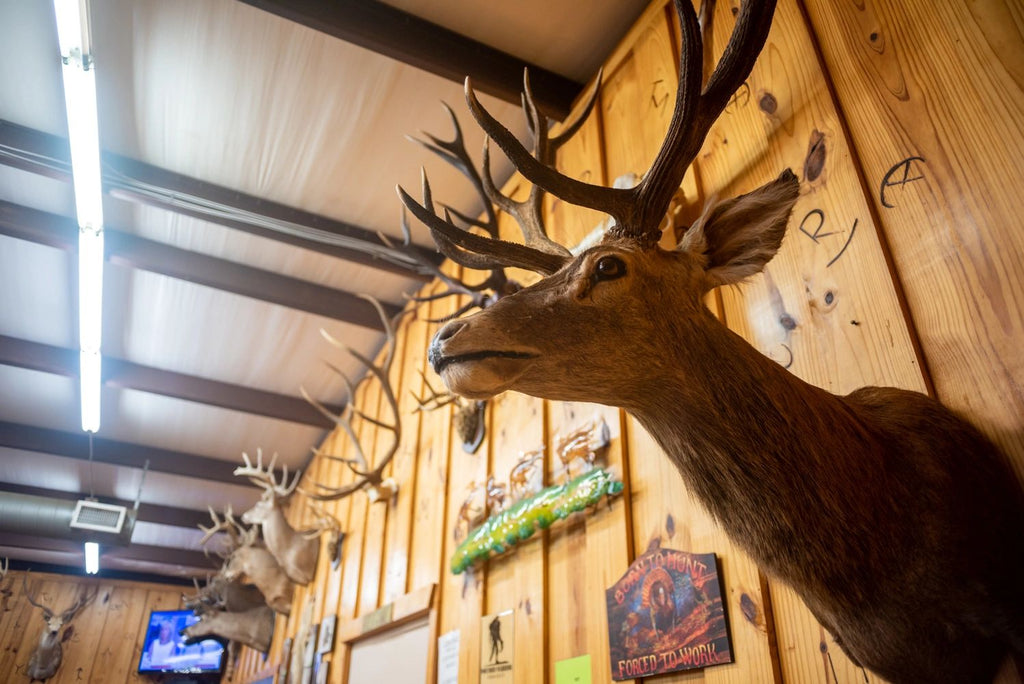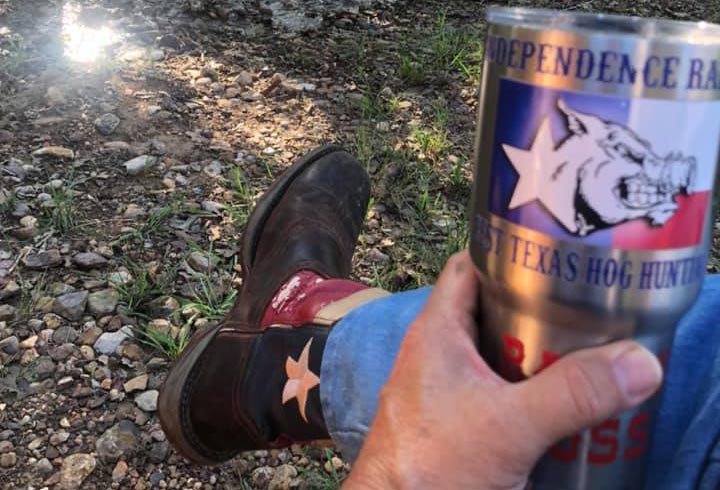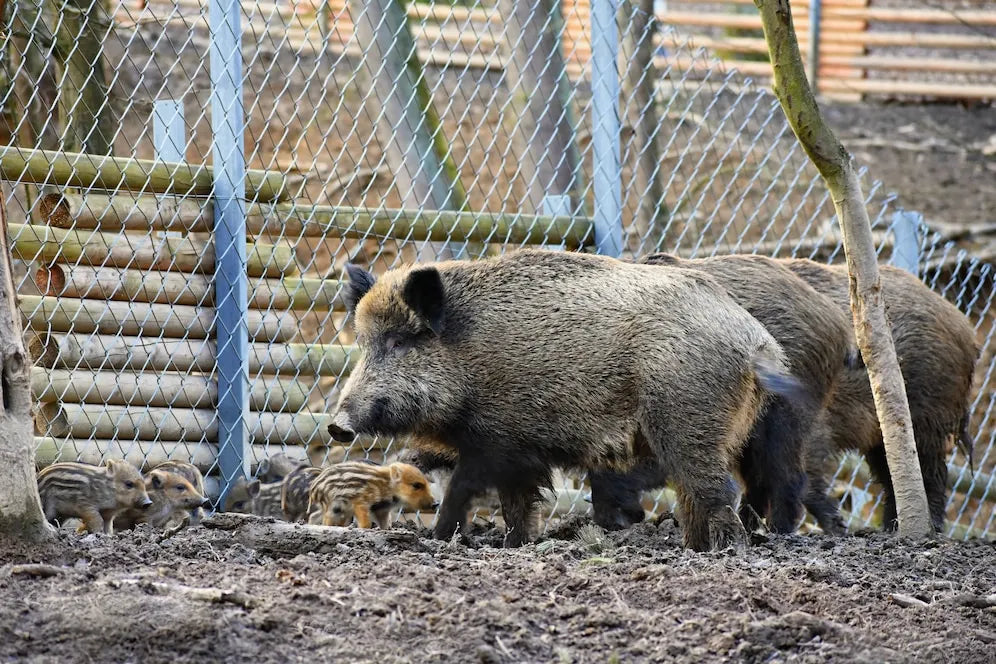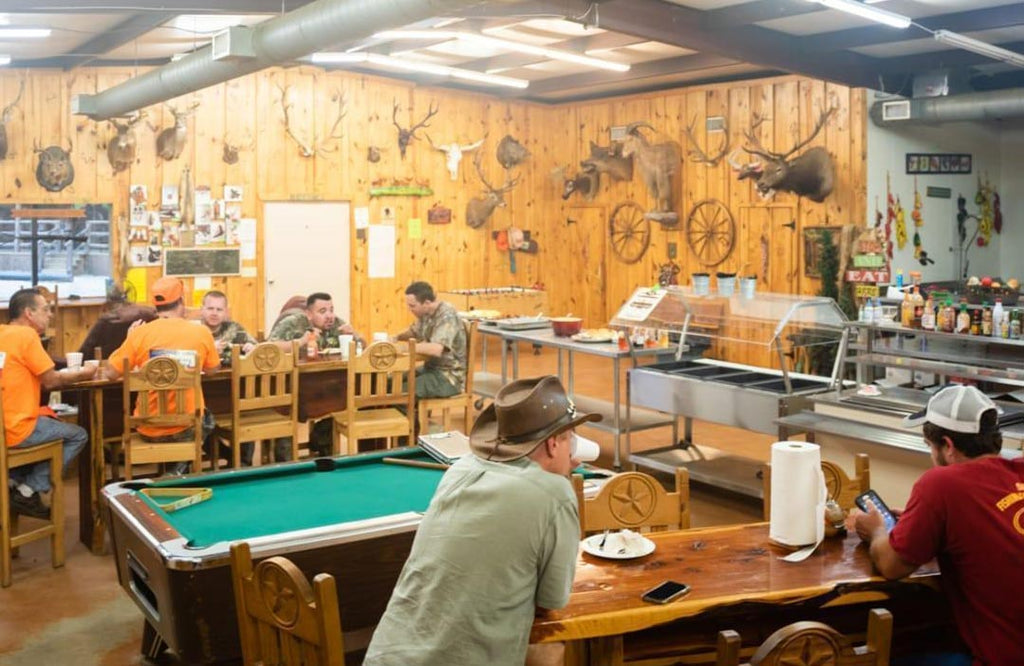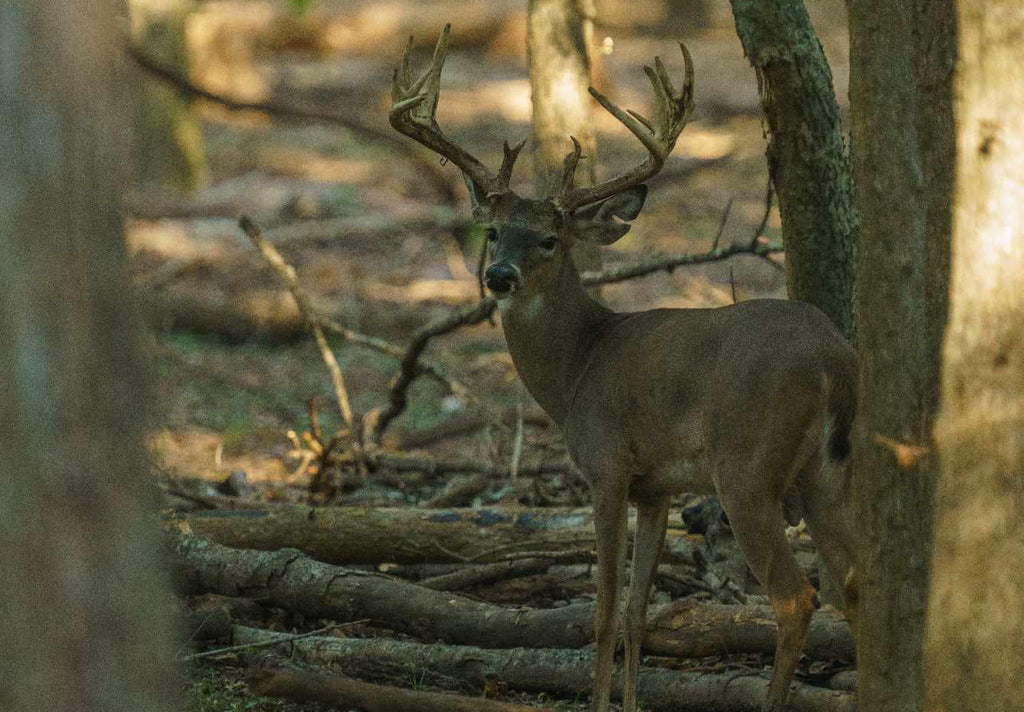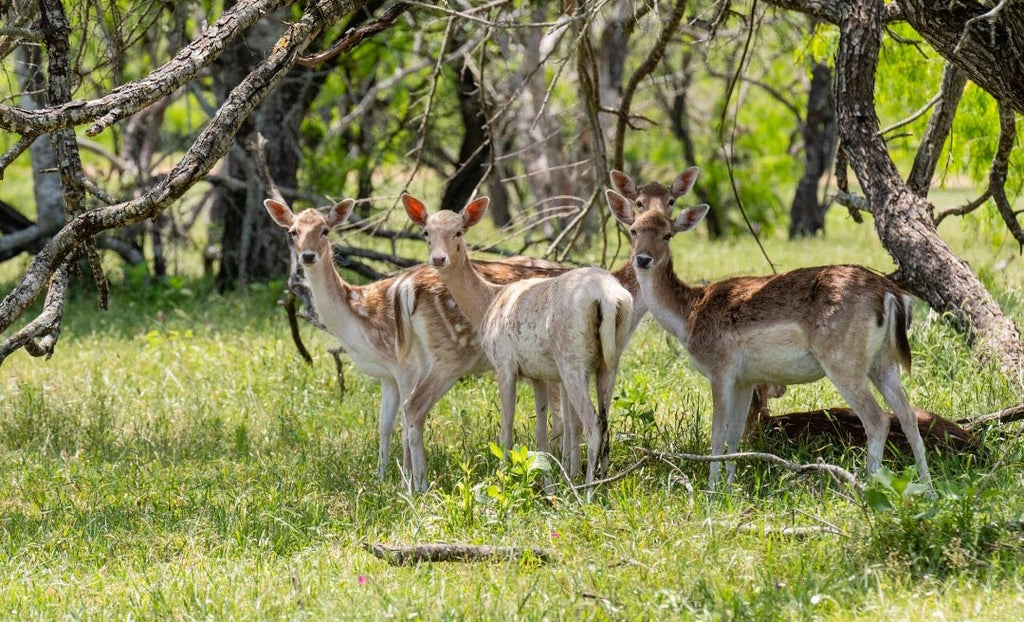
How To Stay Safe While Feral Hog Hunting in Texas

Hunting wild boar/hogs is a favorite activity for many hunters seeking a challenge, and it is a sanctioned control tool in a number of jurisdictions where hog populations are out of control. Despite their appeal to hunters, locating and capturing feral hogs, who are regarded a hazardous, invasive, and dangerous animals entails a variety of dangers. Take a look at these safety recommendations for wild boar hog hunting to guarantee a safe and successful hunt.
WHAT MAKES FERAL HOGS DANGEROUS?
Feral hogs are a risky wild species to hunt for a variety of reasons. A fully mature male hog weighs roughly 200 pounds but can reach 300 pounds. Feral hogs are notorious for being vicious creatures, and their bad attitude, along with their territorial nature, may make hunting exceedingly dangerous.
The four razor-sharp tusks that hogs have are perhaps their most lethal physical feature, capable of inflicting significant harm on both animals and humans. With their tusks and the ability to reach speeds of nearly 25 miles per hour, hogs are an animal you don't want to get caught in the path of. Finally, feral hogs carry a number of diseases that humans can get, the most common of which being swine brucellosis, a bacterial disease spread readily through contact with the blood of an infected hog.
CAN YOU STAY SAFE ON A WILD FERAL HOG HUNT?
Despite the apparent dangers, when hunting wild feral hogs in Texas, you can take a number of steps to keep yourself safe.
1) PREPARE AHEAD OF TIME
As every seasoned hunter knows, the act of hunting entails much more than simply showing up in the woods with a weapon. Proper planning and preparations must take place well before the shooter arrives. Before you go hog hunting, make sure to go through safety requirements and emergency plan preparations with everyone who will be with you on the trip. Make a list of the items you'll need in the event of an injury.
2). HAVE AN ESCAPE ROUTE
You'll want to pick a location that provides ample protection from the wild hogs in case they grow angry. Tree blinds are good bets for remaining safe; those who hunt from the ground should choose a location near an easily climbable tree or high rocks in case they need to flee.
3). ENSURE COMMUNICATION
If you want to break away, be sure you have a mechanism to communicate with the other hunters. If you're unexpectedly assaulted by a hog or encircled by a pack, you'll need to be able to communicate swiftly and clearly. Keep in mind that cell phone service in the area may be limited, so have a backup, reliable communication device with you, such as two-way radios.
4). AVOID PIGLETS AT ALL COSTS.
Sows are very protective of their piglets, to the point where hunters utilize recorded piglet squeals to lure hogs out into the open. While this may be an effective hunting strategy, approaching piglets in the open is exceedingly perilous. Regardless of whether larger hogs are nearby, it is critical to avoid piglets.
5). DRES’S HOGS CAREFULLY TO AVOID DISEASES
Any animal that shows signs of disease should not be hunted. Wear disposable gloves and safety eyewear when handling a hog carcass, prevent direct contact with any bodily fluids, and properly wash your hands after butchering to protect yourself. Learn more about swine brucellosis and how to avoid it.
6). EXERCISE EXTREME CAUTION
Hunting wild feral hogs in Texas can be an exciting and challenging activity, even for seasoned hunters. However, a lot of elements combine to make it a highly risky game. Overall, when hunting wild boar/hog, tremendous vigilance is required. Hunters who respect the might of the feral hog and follow safety precautions are more likely to have a successful and safe hog/boar hunt.

